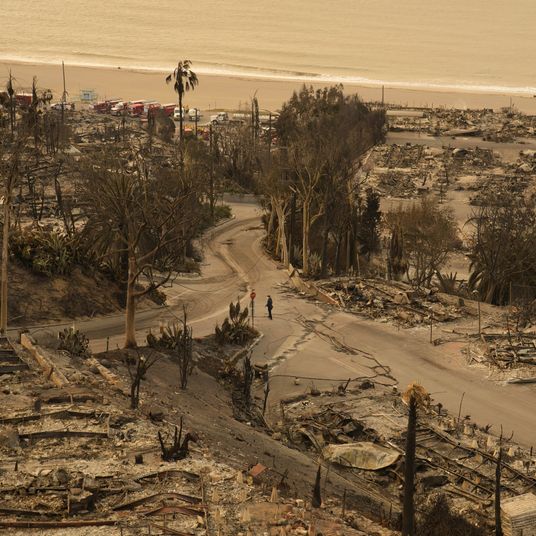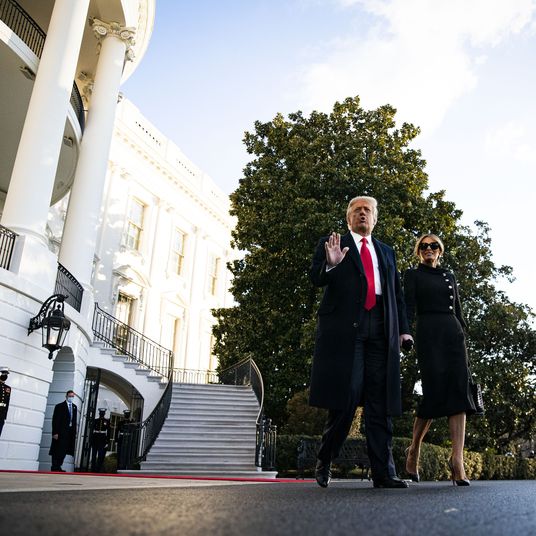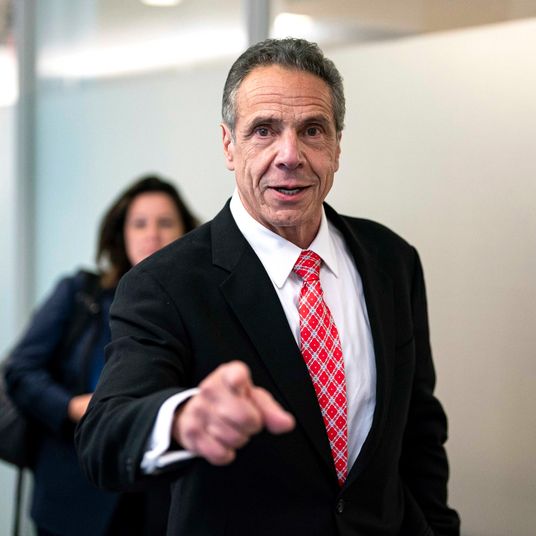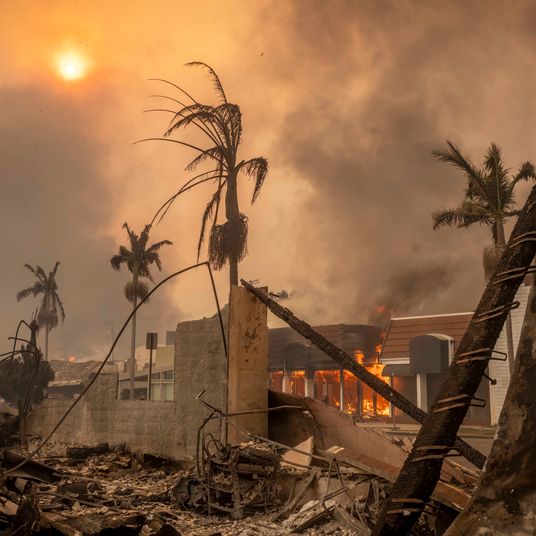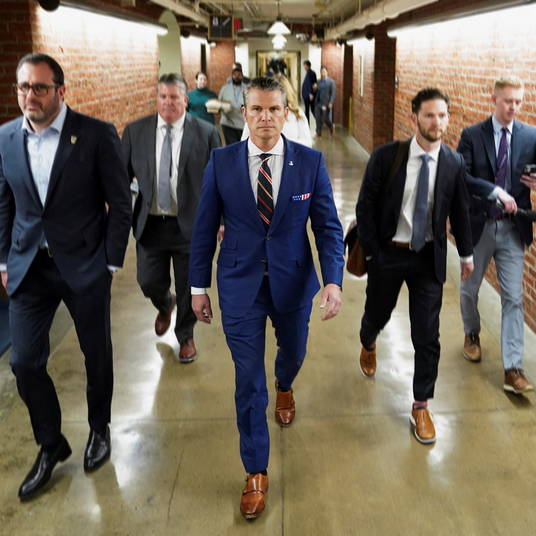
As millions of his constituents went without power amid freezing temperatures for a second straight night, Texas governor Greg Abbott went on Fox News on Tuesday to warn viewers about a resolution that hasn’t seen the Senate floor in over two years.
In an interview with Sean Hannity, Abbott gave an explanation for why his state’s current crisis exposes the flaws in a massive shift toward renewable energy. “This shows how the Green New Deal would be a deadly deal for the United States of America,” Abbott said. He noted that the wind and solar energy that was shut down amid the polar vortex were “collectively more than 10 percent of our power grid,” and when they failed, it resulted in a system-wide collapse. “It just shows that fossil fuel is necessary for the state of Texas as well as other states to make sure we’ll be able to heat our homes in the winter time and cool our homes in the summer time,” Abbott concluded.
The argument suffers from two main flaws. Like the common conservative claim last fall that protests against police brutality that took place under Donald Trump were a vision of the Biden administration to come, Abbott is warning about the future threat of the Green New Deal — despite the reality that the massive power failure occurred under his watch, with no such legislation in place. More directly, Abbott’s math about the current grid’s limits does not add up. Though the claim that wind turbines shut down by the cold caused the outage has been repeated frequently on the right this week, it is primarily the weather-related failure of the state’s natural gas infrastructure that has resulted in the crisis, as pipelines froze in the season in which they are most heavily relied upon.
The Texas Tribune reports on the energy breakdown, with data provided by the Electric Reliability Council of Texas, the state’s electric grid operator:
More than half of ERCOT’s winter generating capacity, largely powered by natural gas, was offline due to the storm, an estimated 45 gigawatts, according to Dan Woodfin, a senior director at ERCOT.
It’s estimated that about 80% of the grid’s capacity, or 67 gigawatts, could be generated by natural gas, coal and some nuclear power. Only 7% of ERCOT’s forecasted winter capacity, or six gigawatts, was expected to come from various wind power sources across the state.
Woodfin said Tuesday that 16 gigawatts of renewable energy generation, mostly wind generation, is offline and that 30 gigawatts of thermal sources, which includes gas, coal and nuclear energy, is offline.
“It appears that a lot of the generation that has gone offline today has been primarily due to issues on the natural gas system,” Woodfin said during a Tuesday call with reporters.
Though Abbott’s comments on Tuesday do not take into account how far-northern nations produce fossil fuel or green energy through the winter, they do underline the importance of preparing the entire grid for unexpected weather incidents in a climate made more chaotic by manmade emissions. (Disruptions in the polar vortex, resulting in Arctic air rushing south, could occur more frequently as the Arctic warms.) The governor’s attempt to blame clean energy sources also does not account for the fact that a largely privatized system isolated from other states’ grids has been neglected for years, as the Washington Post reports:
What has sent Texas reeling is not an engineering problem, nor is it the frozen wind turbines blamed by prominent Republicans. It is a financial structure for power generation that offers no incentives to power plant operators to prepare for winter. In the name of deregulation and free markets, critics say, Texas has created an electric grid that puts an emphasis on cheap prices over reliable service.
It’s a “Wild West market design based only on short-run prices,” said a portfolio manager, Matt Breidert, at an analytical firm called EcoFin/Tortoise.
And yet the temporary train wreck of that market Monday and Tuesday has seen the wholesale price of electricity in Houston go from $22 a megawatt-hour to about $9,000.
Because of this underinvestment, limited capacity among fossil fuel and green sources, and relatively low storage capacity across the board, the state that produces more energy than any other is now seeing rolling blackouts and power prices 10,000 percent above normal. Meanwhile, some 3,358,472 energy customers did not have power as of Tuesday night. And in Houston, one homeless person has died from exposure to subfreezing temperatures; four people were killed in a fire attempting to use a fireplace to stay warm; and two more died from carbon monoxide poisoning trying to keep warm in a running car.












